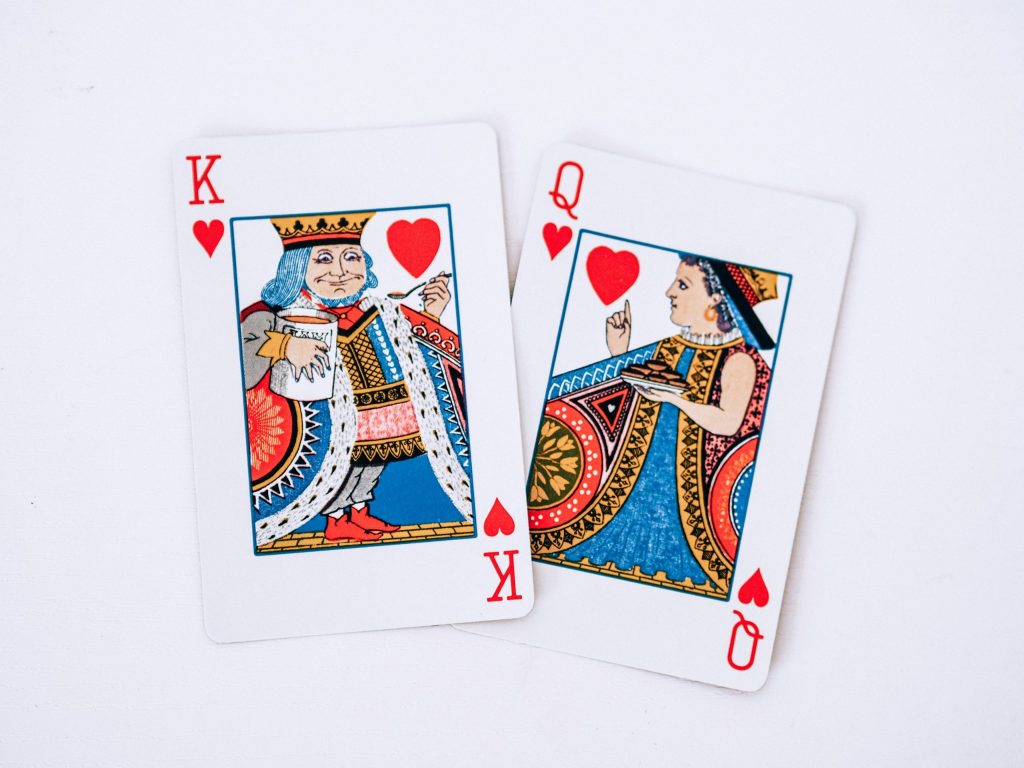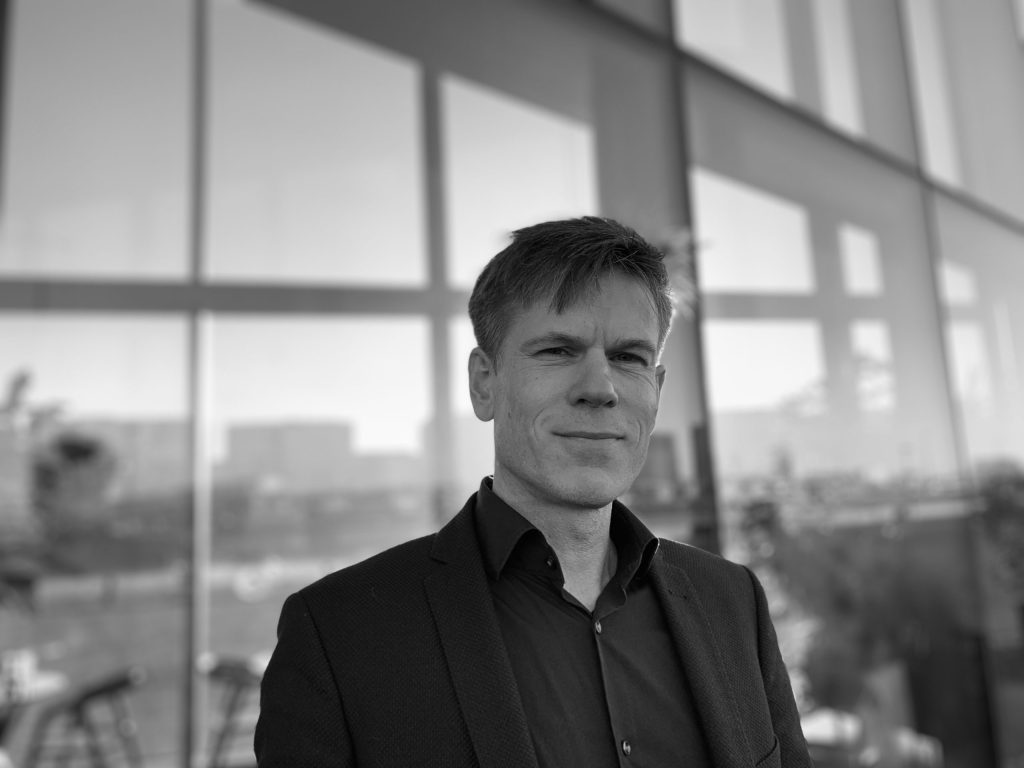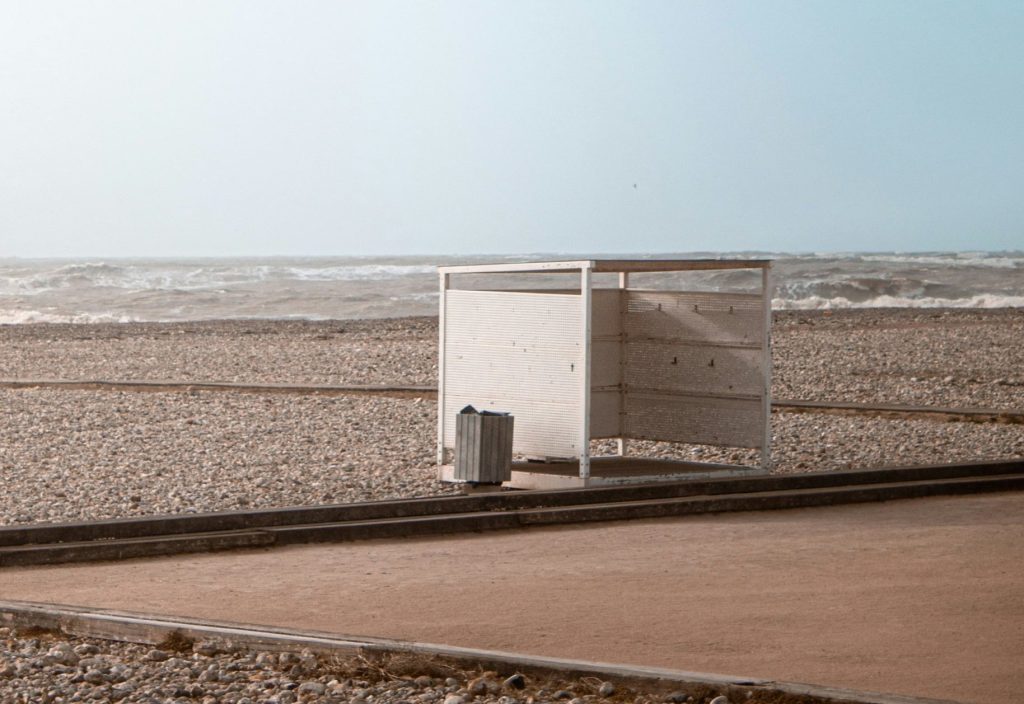In 2018, Koos Buster (1991) graduated from the Gerrit Rietveld School of Art & Design with The Big Koos Buster Museum. This colourful collection of ceramic life-size, everyday objects caused a stir in the art world. Radio 1 show Kunststof even went as far as calling it a ‘ceramic renaissance’. His art has earned Koos the unofficial title of Minister of Ceramic Affairs. “Perhaps my work is a reflection of my look at life. My hope is that it makes the world a tad bit more fun.”
How does one become the Minister of Ceramic Affairs?
“That started as a bit of a joke on Instagram, where I called myself a ceramic influencer. Then a friend came up with the title Minister of Ceramic Affairs, which I also used as a title for my most recent exhibition. It has kind of stuck as a nickname. So now I’ve become a sort of ambassador for all things ceramic.”
Your artworks seem to be parodies of everyday objects? How did that come about?
“At the academy, I made a series of decorative plates of things I don’t like. Normally you might put a decorative plate of something you actually like up on your wall: a ship if you like ships, or a plate that says ‘this is my family’, or the Dom tower because you live in Utrecht. I wanted to do the exact opposite. This developed into making everyday objects, a celebration of stupid objects with the connotation: ‘You deserve a little more attention, because you’re very handy but everyone always walks right past you’. And in turn, that resulted in the fact that I now mainly make still life installations, consisting of various ceramic everyday objects.”
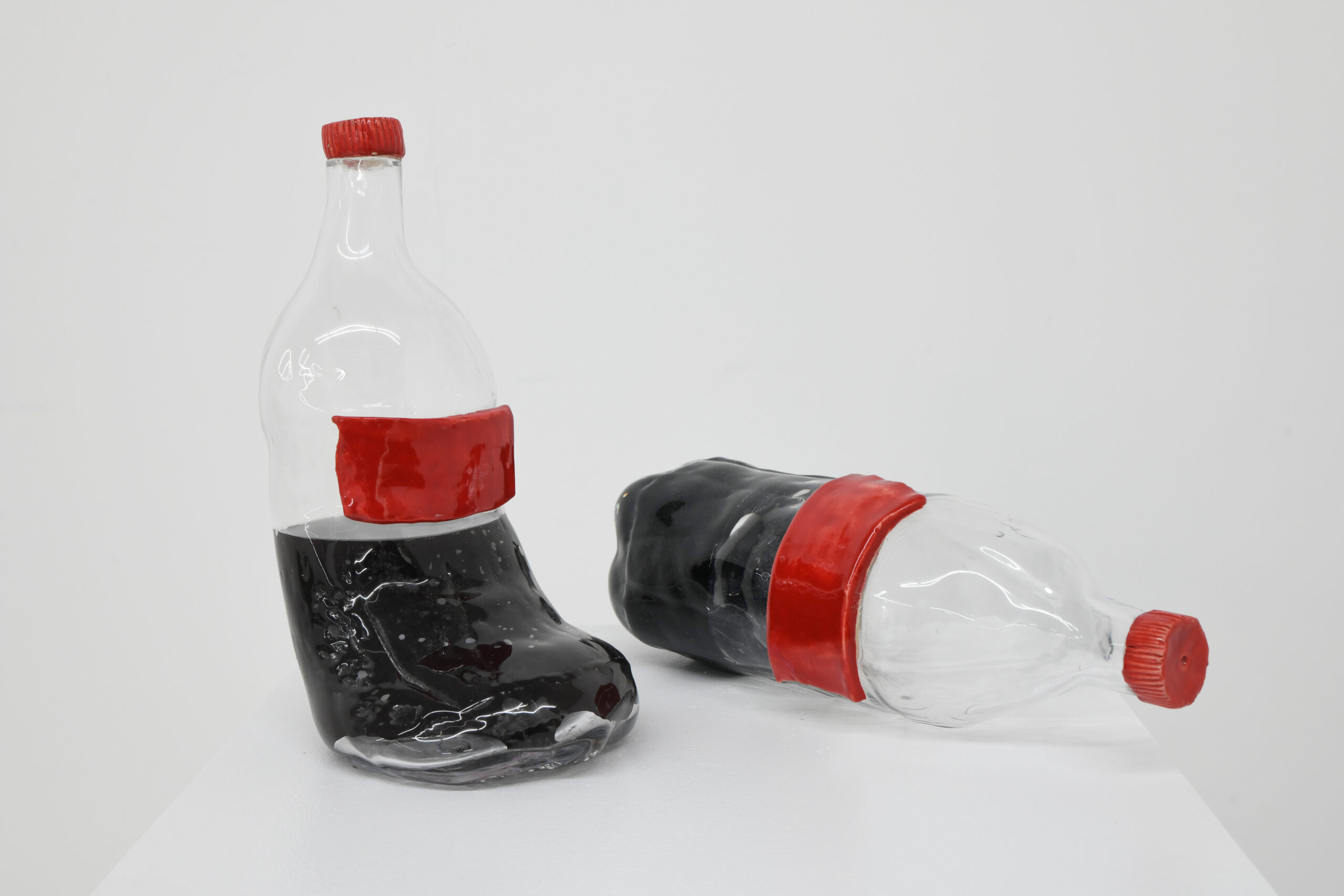
The collection Decorative plates of almost everything I don’t like was part of your graduation assignment. Why does it sometimes feel so good to wholeheartedly dislike things?
“People often think that I dislike the things I put on the plates, or even hate them. But that’s not true. For me, disliking stuff is associated with childish behaviour. Often you don’t even know exactly why you don’t like something. To me, the joke is that I can spend a long time working on a decorative plate of a football player I don’t like. It’s kind of my wailing wall: a way to get it off my chest.”
Do the decorative plates make you a little milder?
“They do sometimes. Like with Cronaldo for example. Where Messi mainly has a lot of talent, Cristiano Ronaldo is less talented and has therefore had to work much harder: always the last player to leave the field, extremely dedicated. I don’t have much talent myself either, which makes me more of a Ronaldo than a Messi. By focusing on Ronaldo, as a person, I started to appreciate him much more.But I’ve also made plates of dictators, and cannibals eating children, which hasn’t really changed my view of them. And I’m genuinely happy that I made the plate Yes, I really don’t like you for Dutch TV host Johan Derksen.”
Do you ever run out of ideas?
“I’m actually behind on my ideas. I have a list of things I still want to make. I try to work through the list while it continues to grow. Sometimes I get stuck under time pressure, causing me to get overworked because I just want too much and say yes to too many things.”
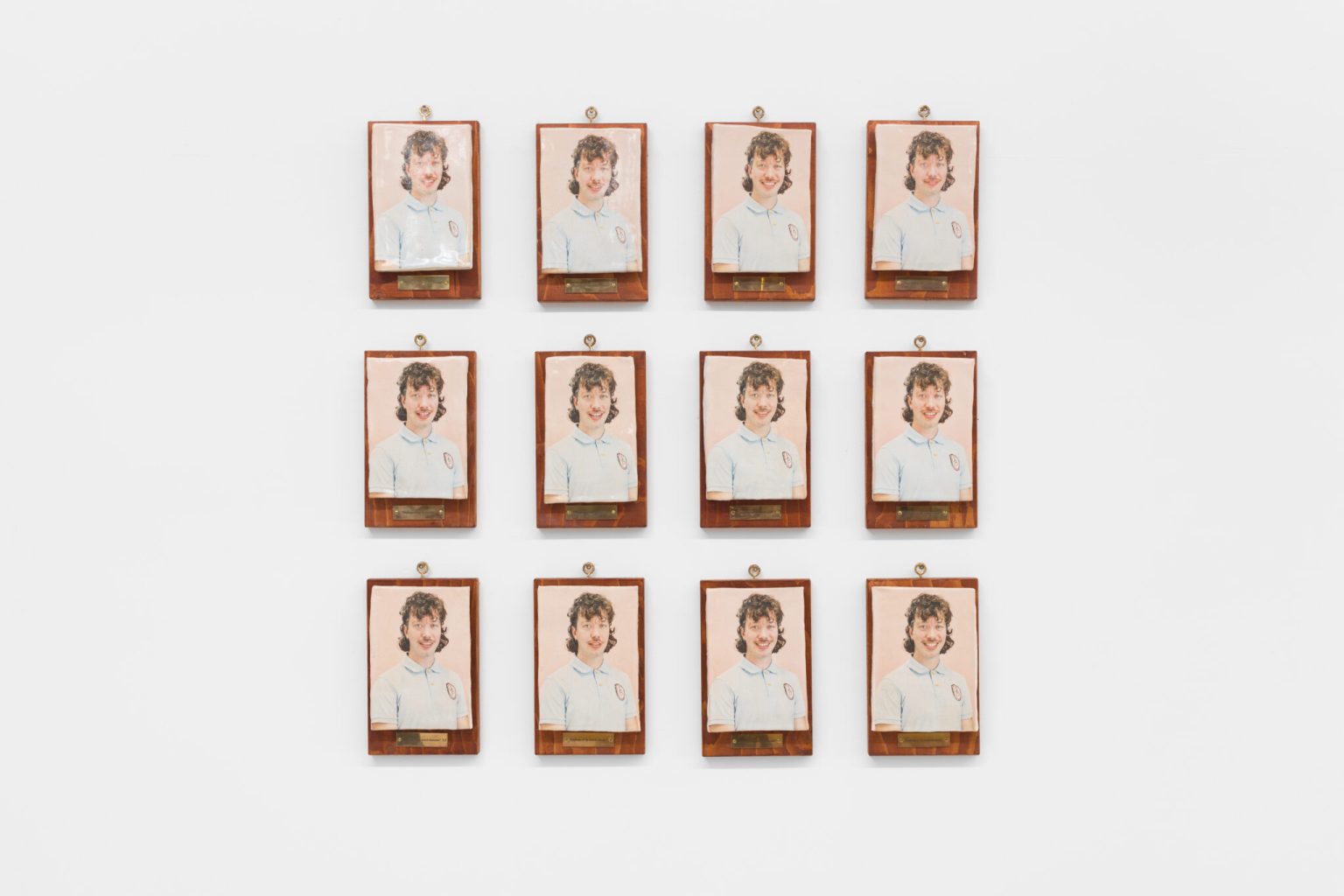
How does the entrepreneurial aspect of being an artist suit you?
“I can’t complain about the demand for my work. And Kees de Boekhouder’s tables and figures give me an increasingly better insight of how I’m doing financially, making me go: ‘Oh, I think I had a pretty good first quarter’, or ‘Hey, I have to start spending a bit more now’, haha!
I’ve taken on a design job now, for example. And I had to set a budget for the costs for this. It made me realise that I never include my working hours in the quotation of the sales price at all. So I’m still fiddling with that a bit. Money is not very important to me. It provides extra room to make things. But I really don’t need 50,000 Euros in my bank account. What am I supposed to do with that? Invest?”
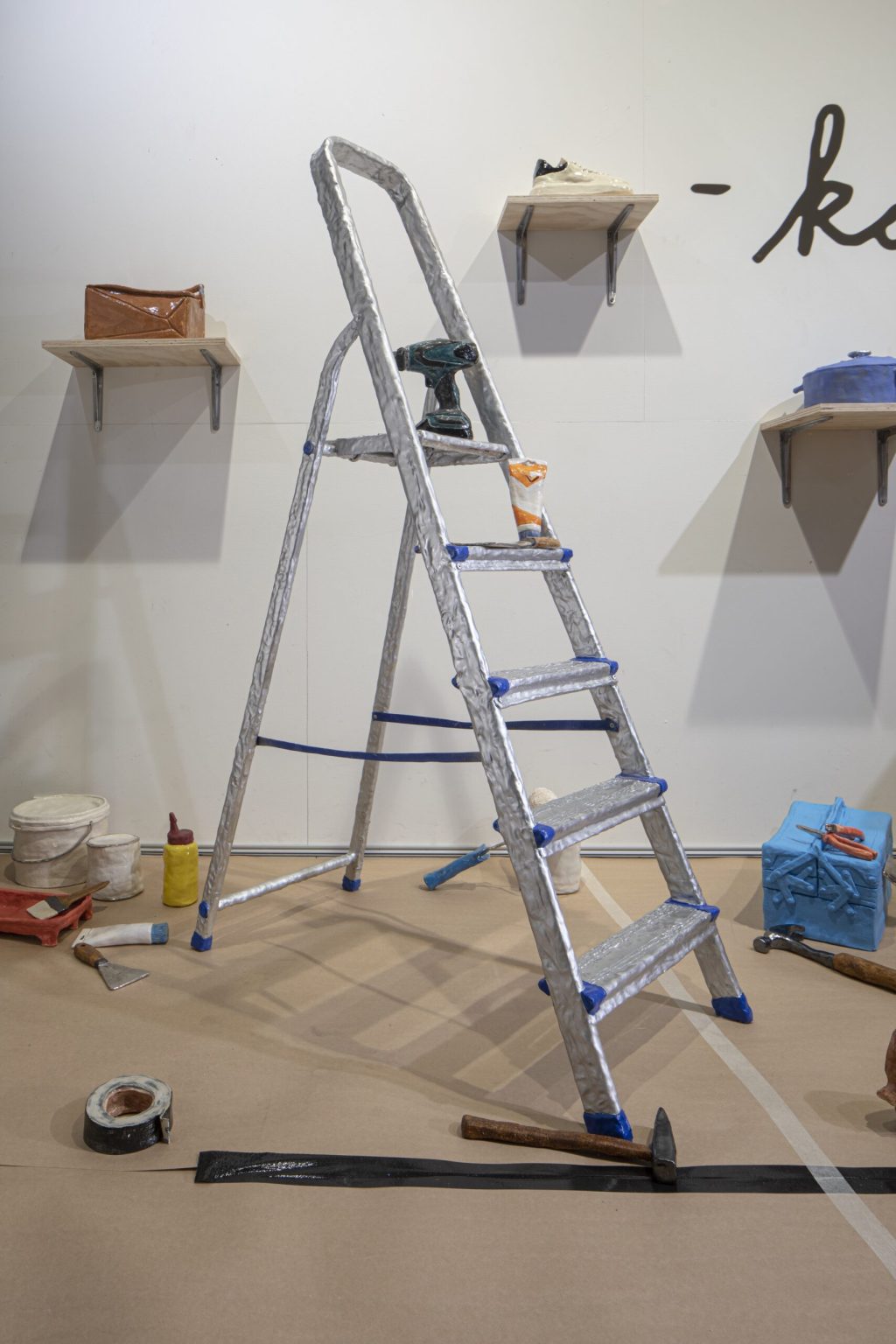
You made a TV appearance on Dutch TV show De Slimste Mens. How did you like being on TV?
“I really enjoyed doing that, but I also just really like games. De Slimste Mens was like the cherry on the cake. I really don’t have the ambition to be on TV, unless I could make a show about something that I really like. But talking about my own art all the time is not for me. That might be due to my own insecurity. At the Rietveld School of Art & Design for example, all my assessments were always classified as good or fine, with the exception of Presenting your own art. That was often classified as not good, haha.”
What are you most proud of?
“That I can provide for my family by making things out of clay. I’m very proud of my children. But I’m also proud of the fact that I’ve been able to get myself out of a deep valley through my work, so that I’m able to celebrate life instead of just being on earth.”
